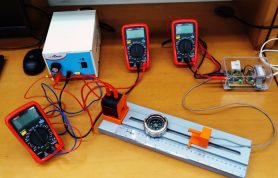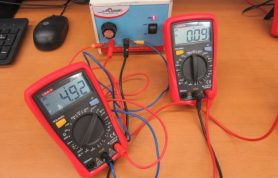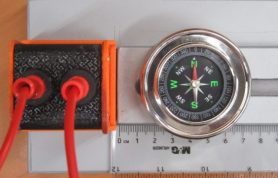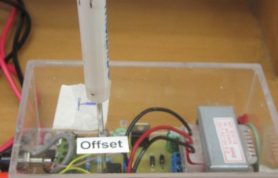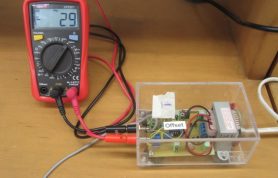| Student Manual | 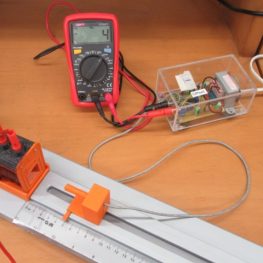 This experiment aims to find the horizontal component of the earth's magnetic field using a simple experiment. The experiment involves the investigation of the combined effect of the magnetic fields produced by the earth and a current carrying multi-turn coil. With the help of graphs, students are expected to study the relation of current through the coil and the magnetic field that it generates. Furthermore, magnetic fields measured at different distances will provide insight into the distance dependence of the magnetic field. |
| Sample Results | Finding the magnetic field of earthMagnetic field vs currentCurrent vs angle of deflection (at 4 cm)Current vs angle of deflectionCurrent vs angle of deflection (at 25 cm) |
| Hardware Manual | Hall-effect sensor specifications |
| Experiment Code | 1.23 |
| Version | March 25, 2019 Version 2019-4 |
Further Readings and References
- Magnetic fields due to currentsFundamentals of Physics, Halliday, Resnick and Walker, 9th Edition, Section 29-6, .
- Earth’s magnetic fieldConceptual Physics, Paul G Hewitt, 10th Edition, 469-470, .
Pictorial Procedure
- 1. Photograph of the overall apparatus
- 2. The power supply controls the current through the coil.
- 3. The compass needle deflects and the angle is measured.
- 4. Setup for measuring the magnetic field strength using a Hall sensor
- 5. The Hall voltage offset is set using a screw driver
- 6. The Hall voltage is amplified using an amplification module to measure the magnetic field strength at the compass locations
